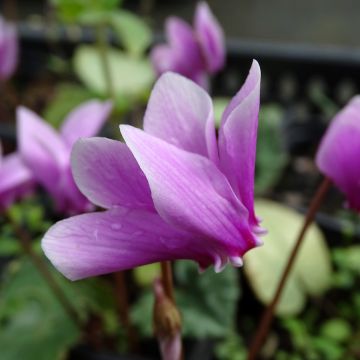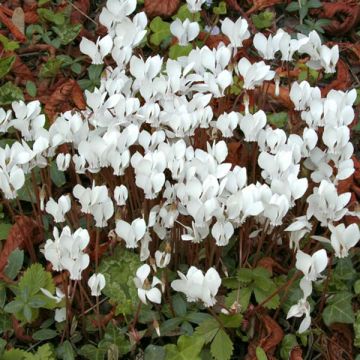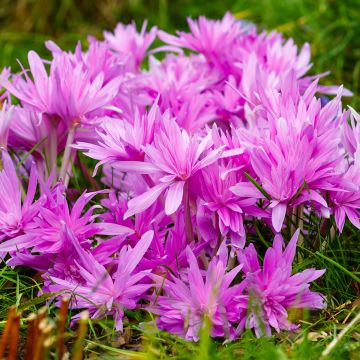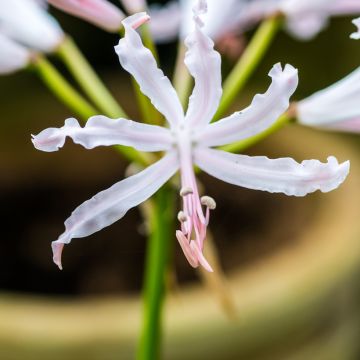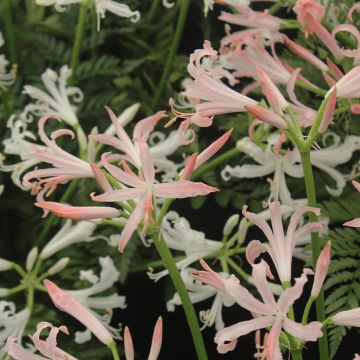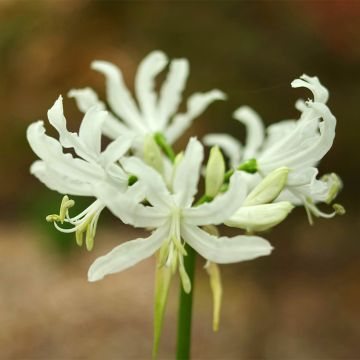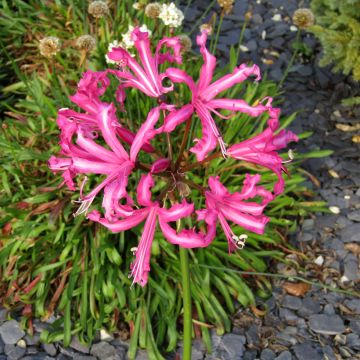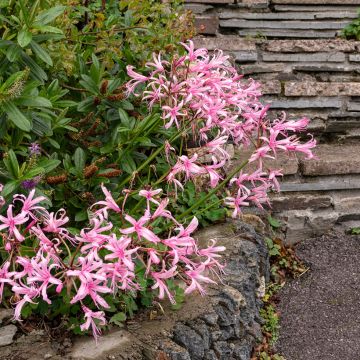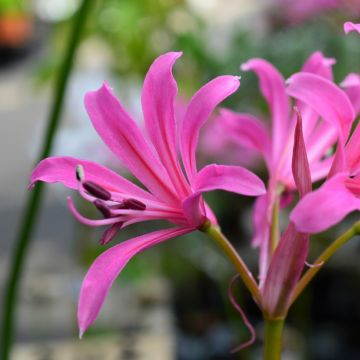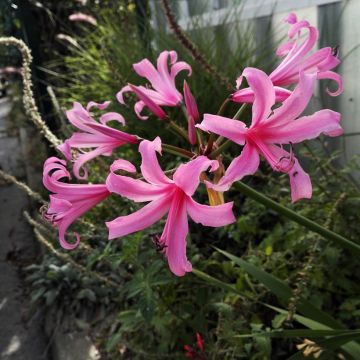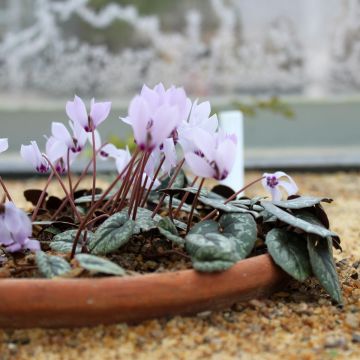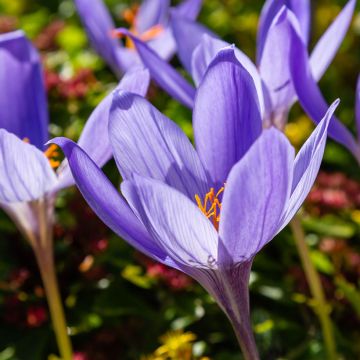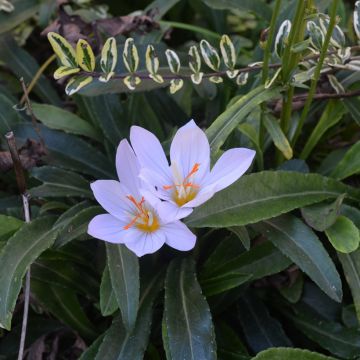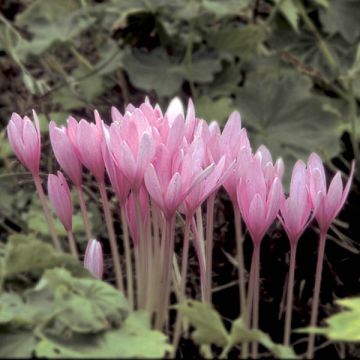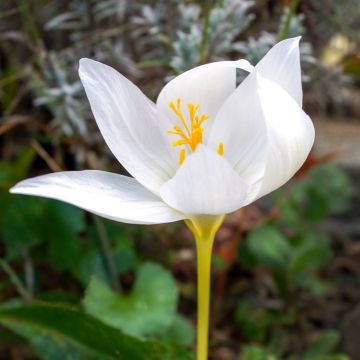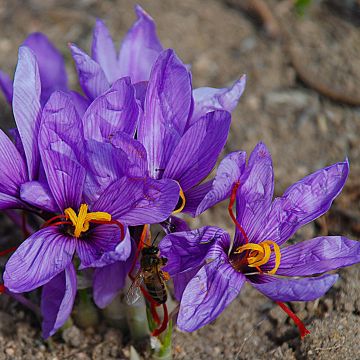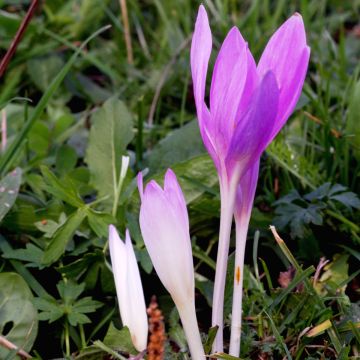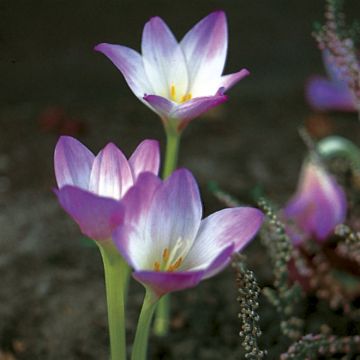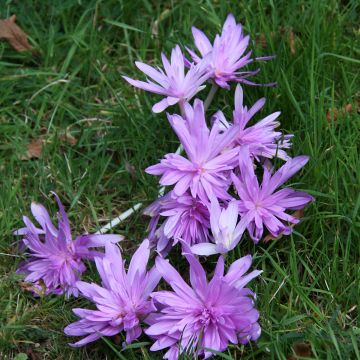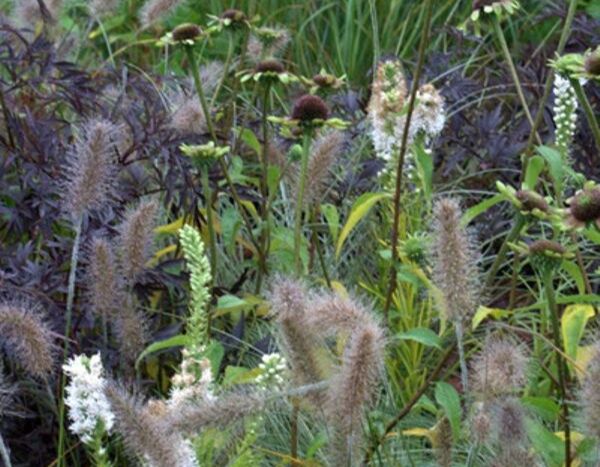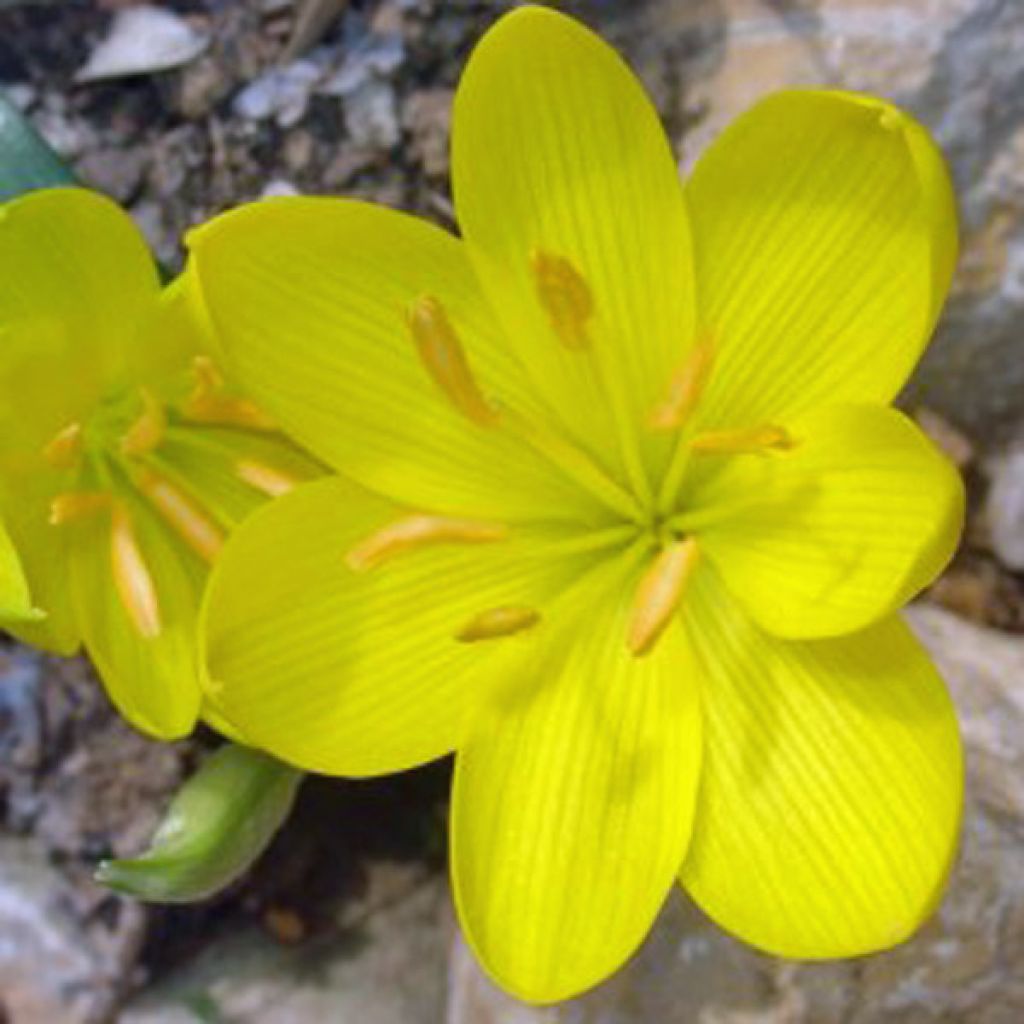

Sternbergia lutea
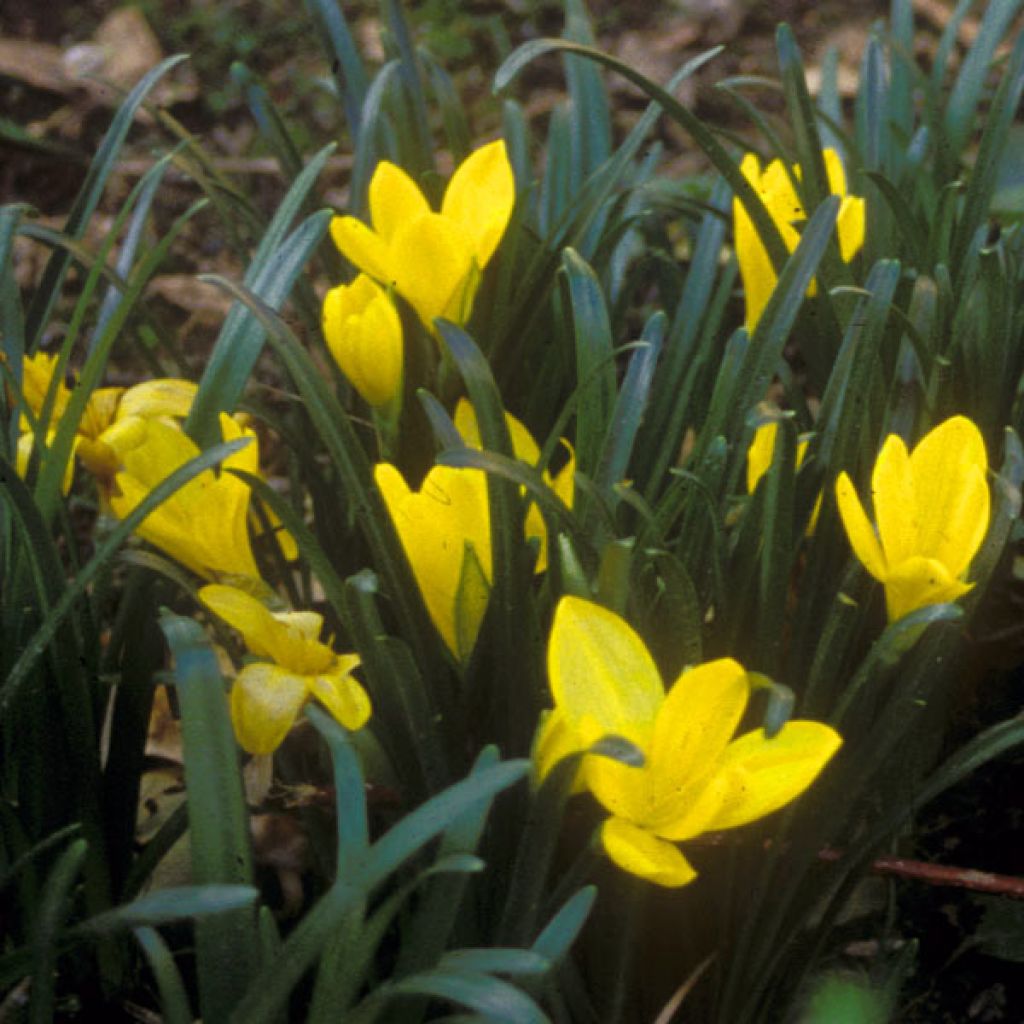

Sternbergia lutea
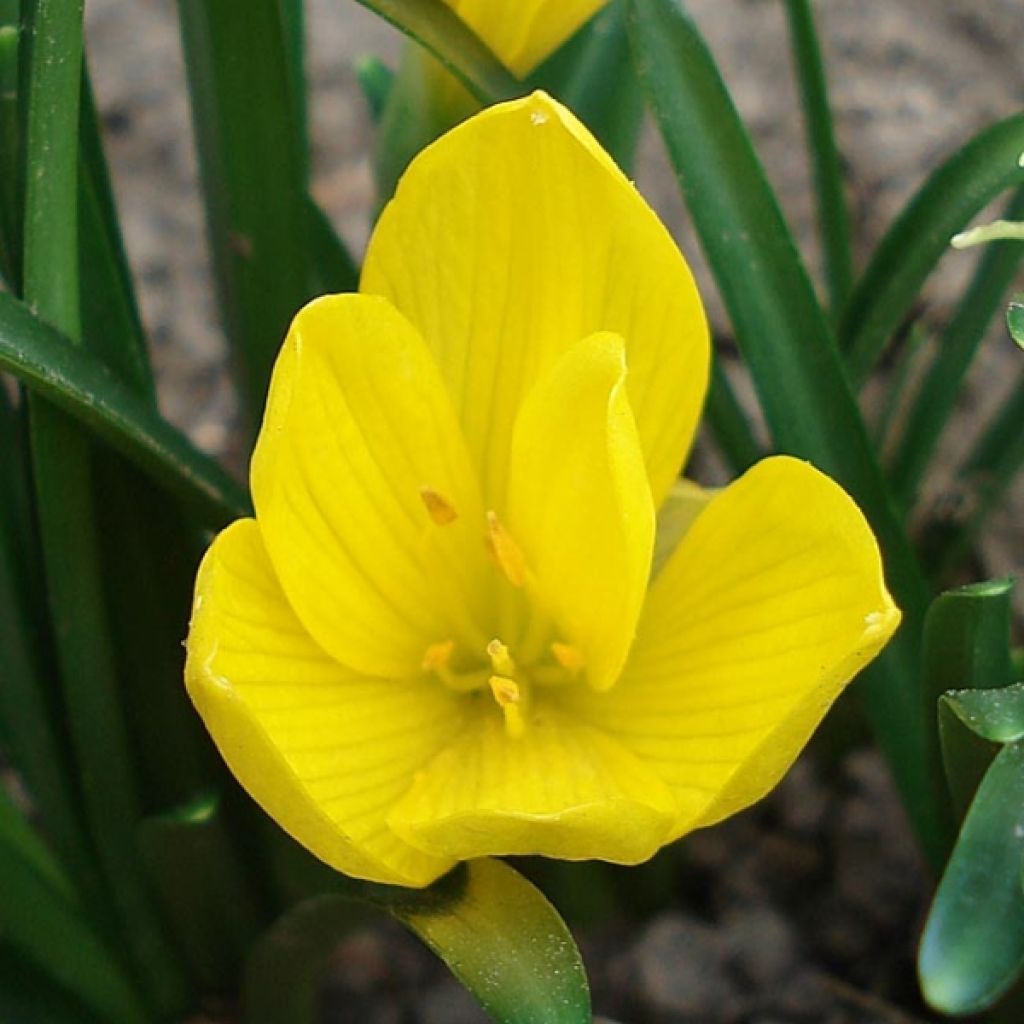

Sternbergia lutea
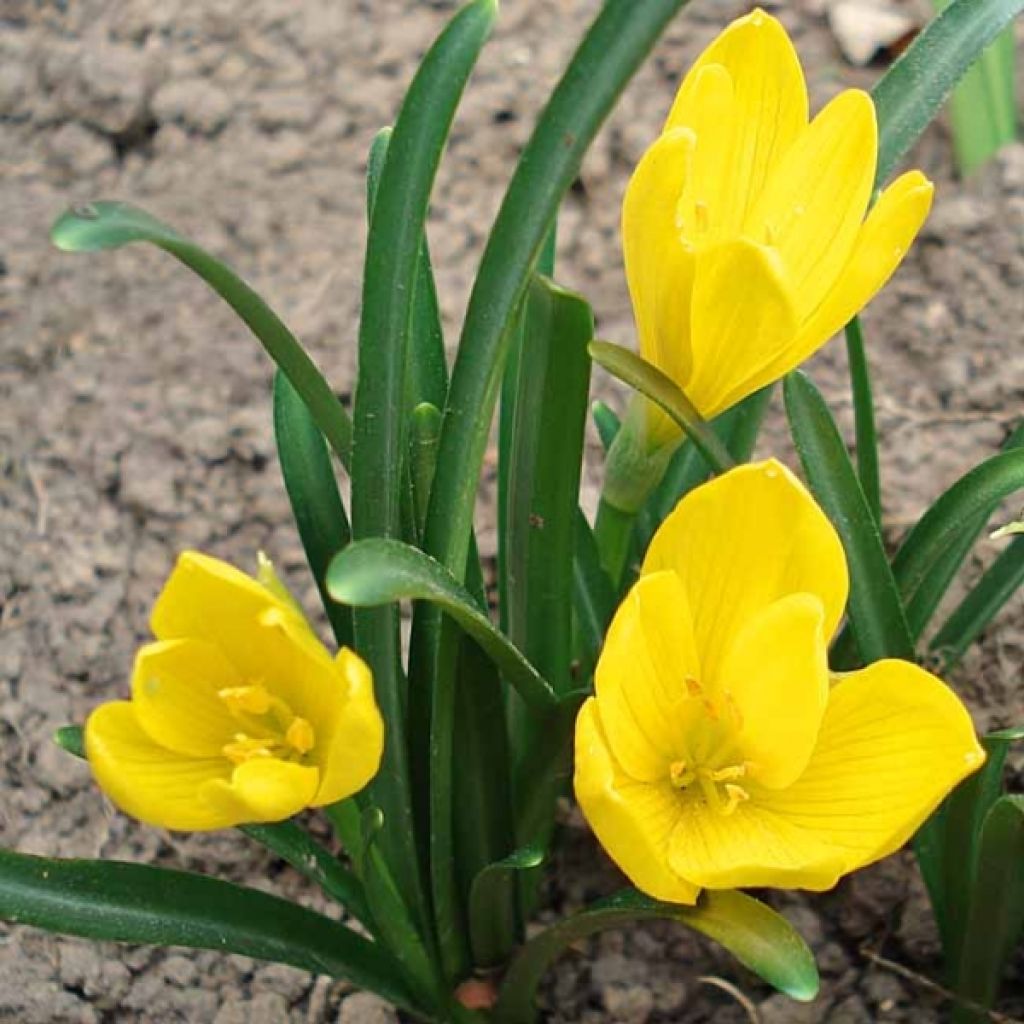

Sternbergia lutea
Sternbergia lutea
Sternbergia lutea
Winter Daffodil, Fall Daffodil, Autumn Daffodil, Yellow Autumn Crocus
One out of the 5 bulbs was rotten, so 4/5.
Robin, 26/08/2025
Special offer!
Receive a €20 voucher for any order over €90 (excluding delivery costs, credit notes, and plastic-free options)!
1- Add your favorite plants to your cart.
2- Once you have reached €90, confirm your order (you can even choose the delivery date!).
3- As soon as your order is shipped, you will receive an email containing your voucher code, valid for 3 months (90 days).
Your voucher is unique and can only be used once, for any order with a minimum value of €20, excluding delivery costs.
Can be combined with other current offers, non-divisible and non-refundable.
Why not try an alternative variety in stock?
View all →This plant carries a 6 months recovery warranty
More information
We guarantee the quality of our plants for a full growing cycle, and will replace at our expense any plant that fails to recover under normal climatic and planting conditions.


Does this plant fit my garden?
Set up your Plantfit profile →
Description
Sternbergia lutea is a small bulb commonly known as the Autumn Yellow Crocus or Harvester, because its radiant, yellow, goblet-shaped flower appears in September or early October, with the return of the rains. It is often admired among the vines or olive trees. Its growth cycle corresponds to Mediterranean bulbs: the foliage emerges in autumn, persists in winter, and disappears well before the arrival of summer drought. Sternbergia is quite hardy and establishes itself in the ground in mild climates, where it multiplies very easily both vegetatively and through self-seeding.
Sternbergia lutea belongs to the Amaryllidaceae family, it is a bulb closer to daffodils than crocuses which belong to the Iridaceae family. This species is native to the Mediterranean basin and the Middle East, more precisely from Italy to Turkey. In the wild, the plant grows in groups on rocky and sunny soils where it endures long dry periods in summer. It is a protected species, and its trade is regulated by CITES.
Sternbergia lutea grows from an elongated, 3-4 cm diameter bulb, covered with brown skin. The foliage forms at the same time or just after flowering and is composed of ribbon-like, 1 cm wide, shiny dark green leaves gathered in a tuft. Each bulb produces one to several 15 to 20 cm tall flower stalks, each carrying a single elongated cup-shaped, very bright yellow flower measuring about 4 cm in height, at its end. The corolla has 3 petals and 3 very similar sepals, as well as 6 stamens (the crocus has only 3 stamens).
Sternbergia lutea is an excellent, autumn flowering bulb, very easy to grow in milder regions and perfectly happy in a Mediterranean climate. It is easy to grow with a charming flowering, out-of-season for bulbs generally. Plant the bulbs in a rockery, in a raised bed or against an exposed wall. They can also be planted in a lawn, provided that it is not mowed while the foliage is green. In cold regions, they can be grown in pots, which allows the bulbs to be protected in winter. To accompany them, consider white Naples cyclamen, dwarf Artemisia, silver ragwort, and Nanus sedum-leaved aster...
Note: bulbs should be planted as soon as possible.
Report an error about the product description
Plant habit
Flowering
Foliage
Botanical data
Sternbergia
lutea
Amaryllidaceae
Winter Daffodil, Fall Daffodil, Autumn Daffodil, Yellow Autumn Crocus
Mediterranean
Other Autumn bulbs A to Z
View all →Planting and care
Plant your Sternbergia lutea before September and they will flower this autumn! The best period is during the summer, while the bulbs are dormant. Plant your bulbs in a warm location, preferably facing south, at a depth of 15 cm and spaced 8 cm apart. The hardiness of the bulbs does not exceed -6 °C and they require a well-sheltered location in a borderline hardiness zone. They prefer well-drained and light soil. The presence of limestone in the soil is not a problem. If the soil in your garden is too heavy, incorporate coarse sand at the time of planting and plant on a mound or in a raised bed. The first frost and the first autumn rains will make their flowers appear. They will faithfully return each year. Divide clumps that have become too large every 4 to 5 years. This autumn crocus can multiply enthusiastically in favourable conditions.
Planting period
Intended location
Care
Planting & care advice
-
, onOrder confirmed
Reply from on Promesse de fleurs
Haven't found what you were looking for?
Hardiness is the lowest winter temperature a plant can endure without suffering serious damage or even dying. However, hardiness is affected by location (a sheltered area, such as a patio), protection (winter cover) and soil type (hardiness is improved by well-drained soil).

Photo Sharing Terms & Conditions
In order to encourage gardeners to interact and share their experiences, Promesse de fleurs offers various media enabling content to be uploaded onto its Site - in particular via the ‘Photo sharing’ module.
The User agrees to refrain from:
- Posting any content that is illegal, prejudicial, insulting, racist, inciteful to hatred, revisionist, contrary to public decency, that infringes on privacy or on the privacy rights of third parties, in particular the publicity rights of persons and goods, intellectual property rights, or the right to privacy.
- Submitting content on behalf of a third party;
- Impersonate the identity of a third party and/or publish any personal information about a third party;
In general, the User undertakes to refrain from any unethical behaviour.
All Content (in particular text, comments, files, images, photos, videos, creative works, etc.), which may be subject to property or intellectual property rights, image or other private rights, shall remain the property of the User, subject to the limited rights granted by the terms of the licence granted by Promesse de fleurs as stated below. Users are at liberty to publish or not to publish such Content on the Site, notably via the ‘Photo Sharing’ facility, and accept that this Content shall be made public and freely accessible, notably on the Internet.
Users further acknowledge, undertake to have ,and guarantee that they hold all necessary rights and permissions to publish such material on the Site, in particular with regard to the legislation in force pertaining to any privacy, property, intellectual property, image, or contractual rights, or rights of any other nature. By publishing such Content on the Site, Users acknowledge accepting full liability as publishers of the Content within the meaning of the law, and grant Promesse de fleurs, free of charge, an inclusive, worldwide licence for the said Content for the entire duration of its publication, including all reproduction, representation, up/downloading, displaying, performing, transmission, and storage rights.
Users also grant permission for their name to be linked to the Content and accept that this link may not always be made available.
By engaging in posting material, Users consent to their Content becoming automatically accessible on the Internet, in particular on other sites and/or blogs and/or web pages of the Promesse de fleurs site, including in particular social pages and the Promesse de fleurs catalogue.
Users may secure the removal of entrusted content free of charge by issuing a simple request via our contact form.
The flowering period indicated on our website applies to countries and regions located in USDA zone 8 (France, the United Kingdom, Ireland, the Netherlands, etc.)
It will vary according to where you live:
- In zones 9 to 10 (Italy, Spain, Greece, etc.), flowering will occur about 2 to 4 weeks earlier.
- In zones 6 to 7 (Germany, Poland, Slovenia, and lower mountainous regions), flowering will be delayed by 2 to 3 weeks.
- In zone 5 (Central Europe, Scandinavia), blooming will be delayed by 3 to 5 weeks.
In temperate climates, pruning of spring-flowering shrubs (forsythia, spireas, etc.) should be done just after flowering.
Pruning of summer-flowering shrubs (Indian Lilac, Perovskia, etc.) can be done in winter or spring.
In cold regions as well as with frost-sensitive plants, avoid pruning too early when severe frosts may still occur.
The planting period indicated on our website applies to countries and regions located in USDA zone 8 (France, United Kingdom, Ireland, Netherlands).
It will vary according to where you live:
- In Mediterranean zones (Marseille, Madrid, Milan, etc.), autumn and winter are the best planting periods.
- In continental zones (Strasbourg, Munich, Vienna, etc.), delay planting by 2 to 3 weeks in spring and bring it forward by 2 to 4 weeks in autumn.
- In mountainous regions (the Alps, Pyrenees, Carpathians, etc.), it is best to plant in late spring (May-June) or late summer (August-September).
The harvesting period indicated on our website applies to countries and regions in USDA zone 8 (France, England, Ireland, the Netherlands).
In colder areas (Scandinavia, Poland, Austria...) fruit and vegetable harvests are likely to be delayed by 3-4 weeks.
In warmer areas (Italy, Spain, Greece, etc.), harvesting will probably take place earlier, depending on weather conditions.
The sowing periods indicated on our website apply to countries and regions within USDA Zone 8 (France, UK, Ireland, Netherlands).
In colder areas (Scandinavia, Poland, Austria...), delay any outdoor sowing by 3-4 weeks, or sow under glass.
In warmer climes (Italy, Spain, Greece, etc.), bring outdoor sowing forward by a few weeks.






























